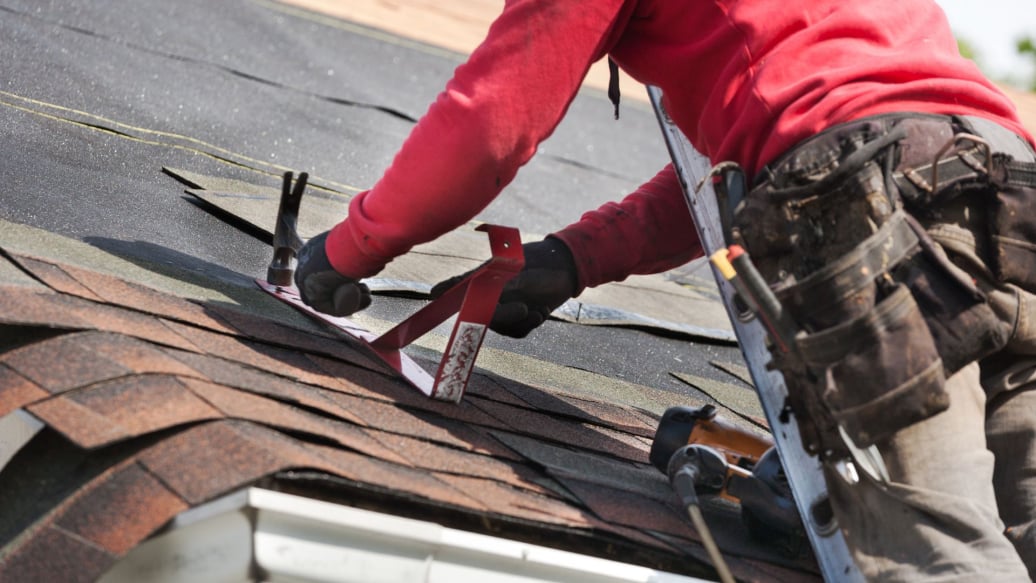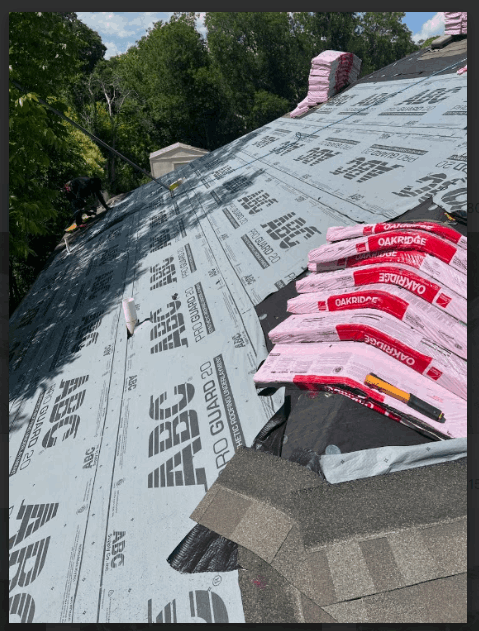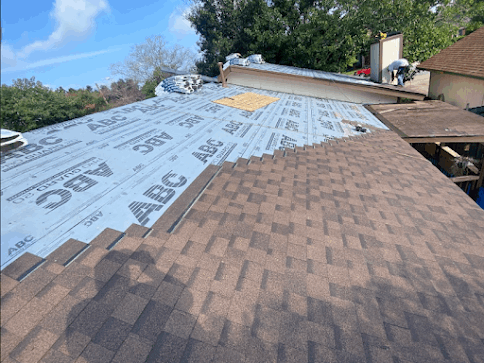Call a Professional for a Thorough Inspection
Even if you don’t see any visible damage, it’s a good idea to call a roofing professional for a thorough inspection. A qualified roof repair contractor in Fort Worth, TX, will have the expertise to spot hidden damage that you might miss and provide recommendations for repairs if needed.
Storms can cause significant damage to your roof, often without you realizing it. By following these steps to check for roof damage after a storm, you can catch problems early and prevent costly repairs down the line. If you’re unsure about the condition of your roof or need help with repairs, reach out to a trusted roofing contractor in Fort Worth, TX, for assistance.
Regular roof inspections, especially after severe weather, are key to maintaining the long-term health of your roof and home.


